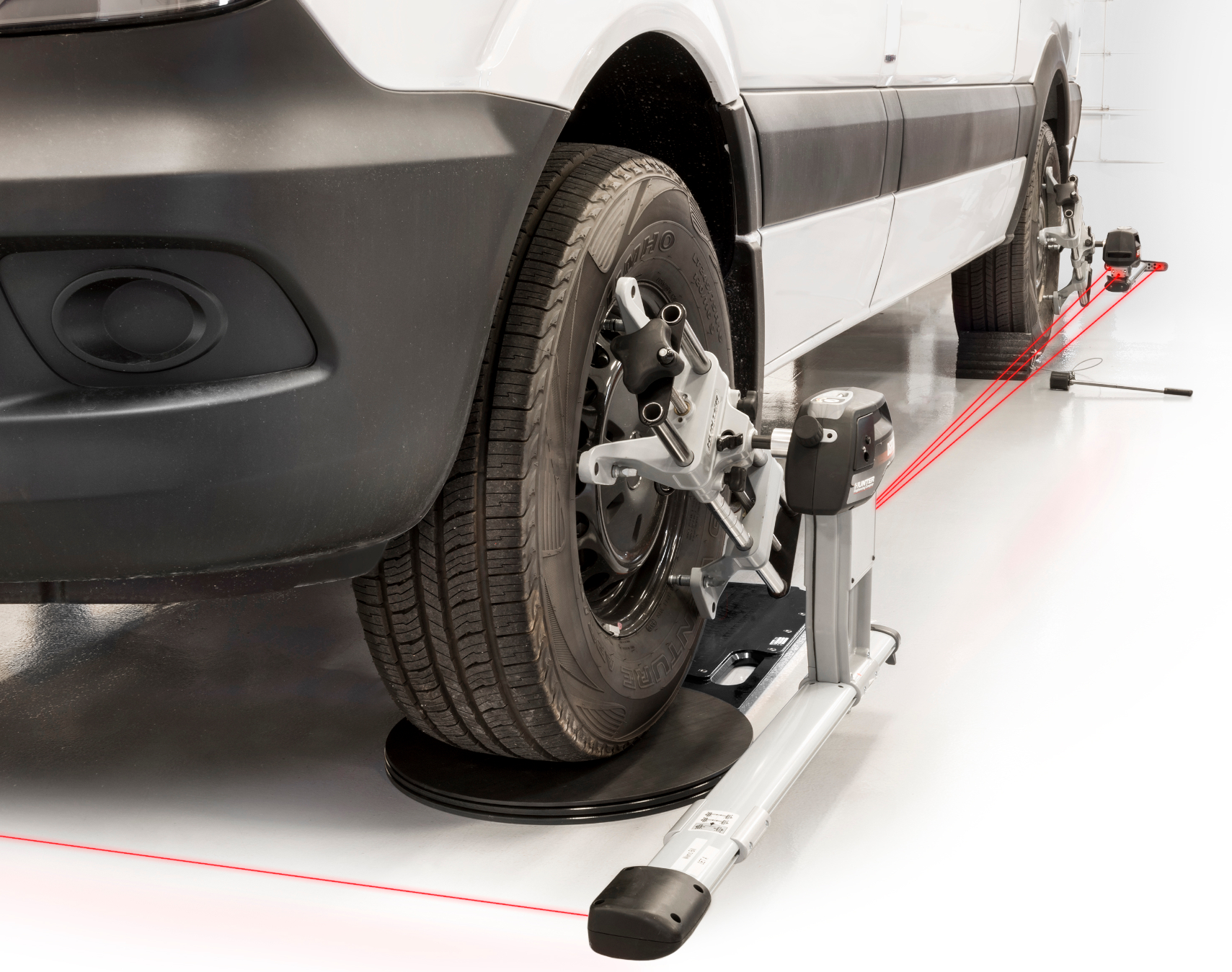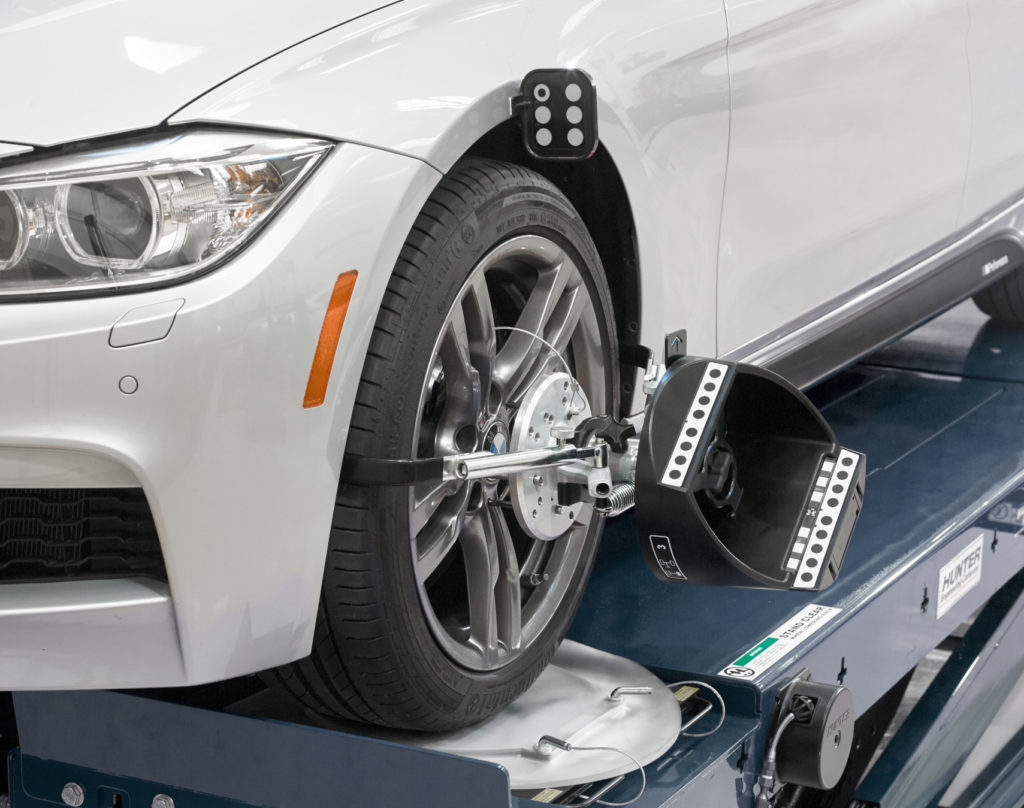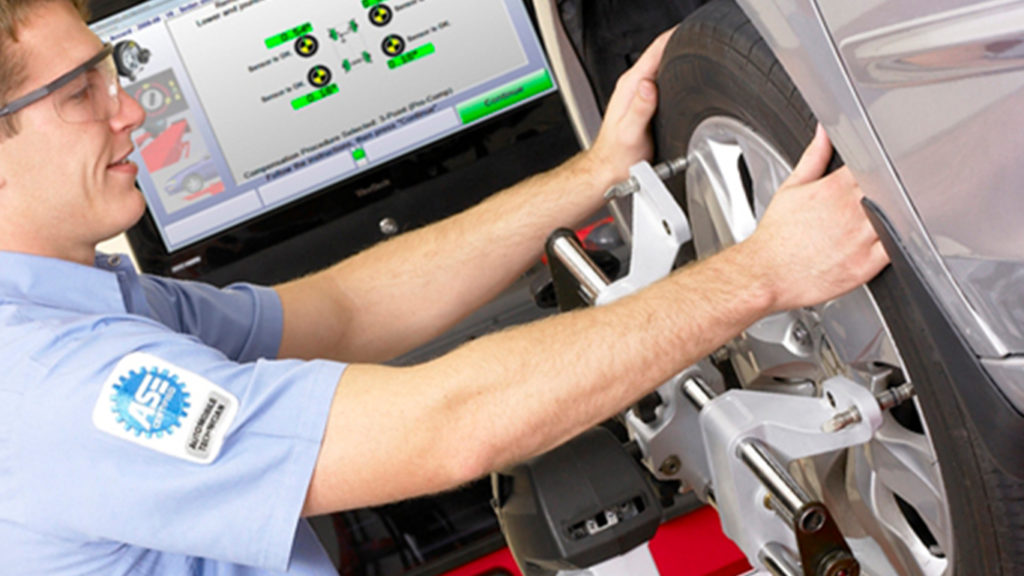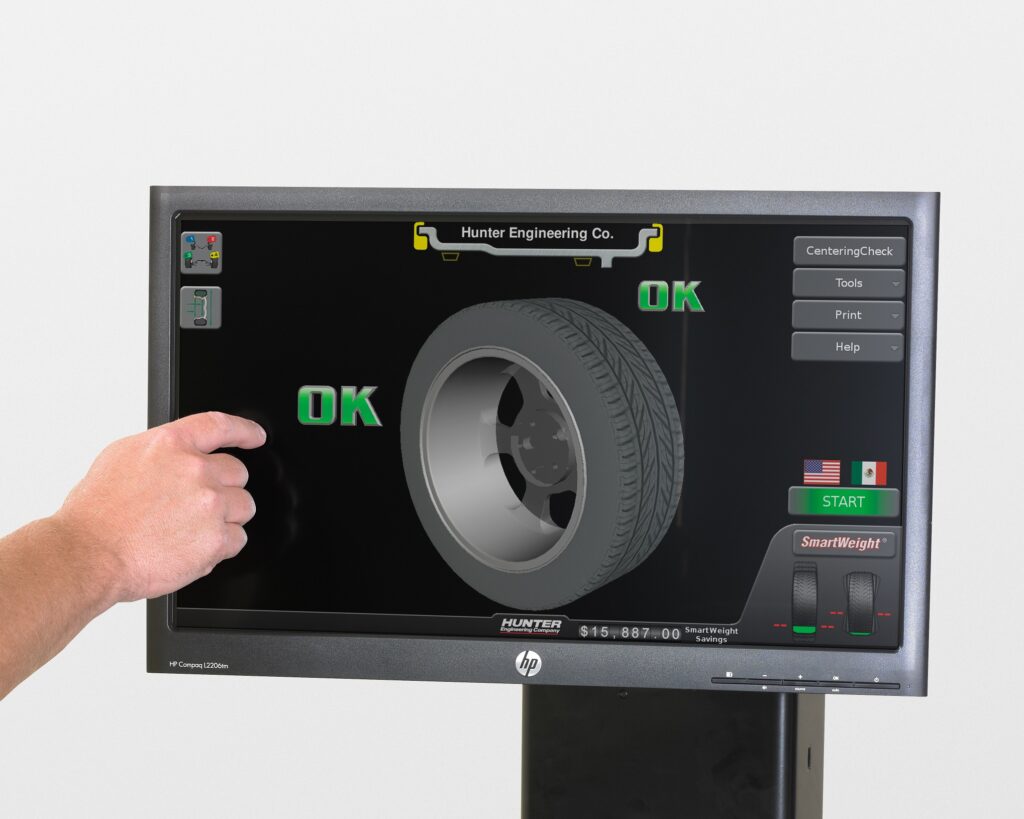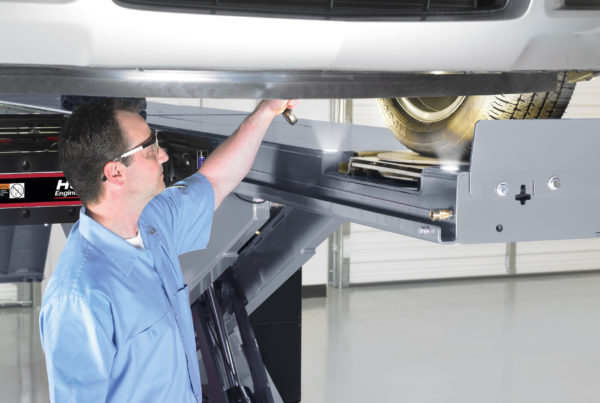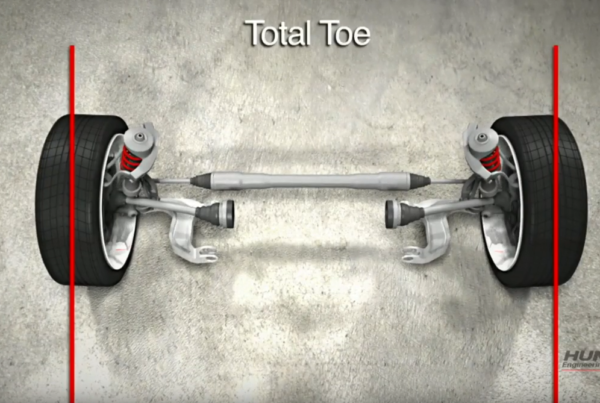Wheel alignments are an essential part of car maintenance, safety, and performance. But what exactly is it, and why is it important for your vehicle?
What Is Wheel Alignment?
Wheel alignment is the process of adjusting the angles of your car’s wheels to the manufacturer’s specifications. This involves adjusting the caster, camber, and toe angles, which affect how the wheels make contact with the road. Proper wheel alignment ensures that your car handles correctly and reduces wear and tear on your tyres.
There are distinct differences between wheel alignment and wheel balancing, which can easily get confused. You can read more about this difference with our helpful guide.
What Are the Symptoms of a Car Out of Alignment?
There are a number of signs that your wheels may be misaligned:
Uneven tyre wear
Misaligned wheels can cause one or more tyres to wear down faster than the others. If you notice your tyres wearing unevenly, you may need an alignment. Uneven wear can make operating a vehicle dangerous.
Uneven brake wear
Brakes wearing down unevenly is a sign that your wheels are misaligned. Over time, this will impact vehicle performance.
Pulling to one side
Misaligned wheels will often cause vehicles to pull to one side. This is a particularly dangerous consequence of misaligned wheels, as it can cause your car to veer off course unexpectedly.
Steering wheel vibration
A vibrating steering wheel is a common sign of misaligned wheels. This can also cause uneven tyre wear and decrease the lifespan of your tyres.
Crooked steering wheel
If your steering wheel appears crooked or uncentred whilst driving, you may have a wheel alignment issue.
Squealing tyres
Noisy, often squeaking, tyres are a key sign of wheels that need aligning.
Positive camber
When looking at your wheels, if the top of the wheel is angled away from the car’s centreline your wheels likely need aligning.
Negative camber
This is the opposite of the above, if your wheel seems to be tilting inward, it’s time for an alignment.
Poor fuel economy
If you notice your vehicle is using more fuel than usual, you may have misaligned tyres. The additional wear and uneven distribution of weight can force your vehicle to work harder.
Ignoring alignment issues can lead to more serious problems down the road, such as suspension damage and decreased fuel efficiency.
How Is Wheel Alignment Done?
Wheel alignment is typically done by a professional mechanic or technician using specialised equipment. During a wheel alignment, the technician will use a computerised alignment machine to measure the angles of your car’s wheels and make any necessary adjustments to bring them back into proper alignment.
The process typically involves adjusting the camber, caster, and toe angles of your car’s wheels using specialised tools and equipment. Depending on your car’s make and model, the technician may need to remove and reinstall certain suspension components to access the adjustment points.
Caster, Camber, and Toe: Understanding Wheel Alignment
There are three main angles that are adjusted during a wheel alignment: caster, camber, and toe.
Caster Angle
The caster angle measures the tilt of your car’s steering axis, which is the line drawn through the upper and lower ball joints of your car’s front suspension. The caster angle affects your car’s stability and steering response, as it determines the self-centering ability of your car’s wheels.
If the caster angle is too positive (the top of the steering axis is tilted toward the rear of the car), you will have stable straight-line driving, but it may be difficult to turn. If the caster angle is too negative (the top of the steering axis is tilted toward the front of the car), your car will have easier steering ability but may have less stability at high speeds.
Camber Angle
The camber angle measures the tilt of your car’s wheels relative to the road surface. The camber angle affects your car’s handling and tyre wear, as it determines how much of the tyre’s surface area makes contact with the road.
If the camber angle is too positive (the top of the wheel is tilted outward), your car will have better cornering ability but may experience more tyre wear on the inside edge of the tyre. If the camber angle is too negative (the top of the wheel is tilted inward), your car will have better straight-line stability but may experience more tyre wear on the outside edge of the tyre.
Toe Angle
The toe angle measures the direction that your car’s wheels are pointing. The toe angle affects your car’s straight-line stability, as it determines whether the wheels are pointing parallel or at an angle to each other.
If the toe angle is too positive (the wheels are pointing outward), your car may experience excessive tyre wear, poor fuel efficiency, and wandering or pulling while driving. If the toe angle is too negative (the wheels are pointing inward), your car may experience excessive tyre wear, poor handling, and wandering or pulling while driving.
Is Wheel Alignment Important?
Yes, wheel alignment is an important part of regular car maintenance. Proper alignment ensures that your car handles and drives safely and efficiently, and it can also help extend the life of your tyres by ensuring even wear.
In addition, regular wheel alignments can help identify and prevent other suspension or steering issues before they become more serious and expensive to repair.
How Often Does My Car Need a Wheel Alignment Check?
Most manufacturers recommend getting a wheel alignment check every 10,000 miles or once a year, whichever comes first. If you frequently drive on rough roads or off-road terrain you should have your wheels aligned frequently.
In addition, you should get your alignment checked any time you install new tyres or make any modifications to your car’s suspension or steering system.
How Much Does Wheel Alignment Cost?
The cost of wheel alignment varies based on the garage, the number of wheels, and the type of vehicle you have. In the UK, the price range for a proper wheel alignment typically falls between £40 and £100.
Be sure to use a trusted and reliable wheel alignment provider. Misaligned wheels can seriously impact the safety of your vehicle.
The Value of Proper Wheel Alignment
Wheel alignment is a crucial aspect of car maintenance that should not be overlooked. Proper alignment enables optimal handling, steering, and braking capabilities. Neglecting to check and adjust wheel alignment can lead to various issues, including uneven tyre wear, decreased fuel efficiency, and compromised safety.
For the best wheel alignment service, choose a reputable and reliable provider with high-quality equipment. Hunter equipment uses superior alignment technology, providing precise and accurate adjustments to your car’s wheels. Having your wheels professionally aligned extends the life of your tyres, saves money on fuel, and most importantly, keeps yourself and your passengers safe on the road.
Remember, regular wheel alignment checks and adjustments should be part of your car’s routine maintenance schedule. Don’t hesitate to contact a trusted provider to schedule a wheel alignment service and enjoy a smoother and safer driving experience.
Optimise Performance with Pro Align
As we have explored in this guide, when it comes to optimising your vehicle’s performance and ensuring a smooth and safe ride, proper wheel alignment is of utmost importance. That’s where Pro Align comes in.
Pro Align is a leading supplier of cutting-edge wheel alignment systems designed to meet the needs of professional mechanics across the country. But that’s not all – explore our full range of products today.



